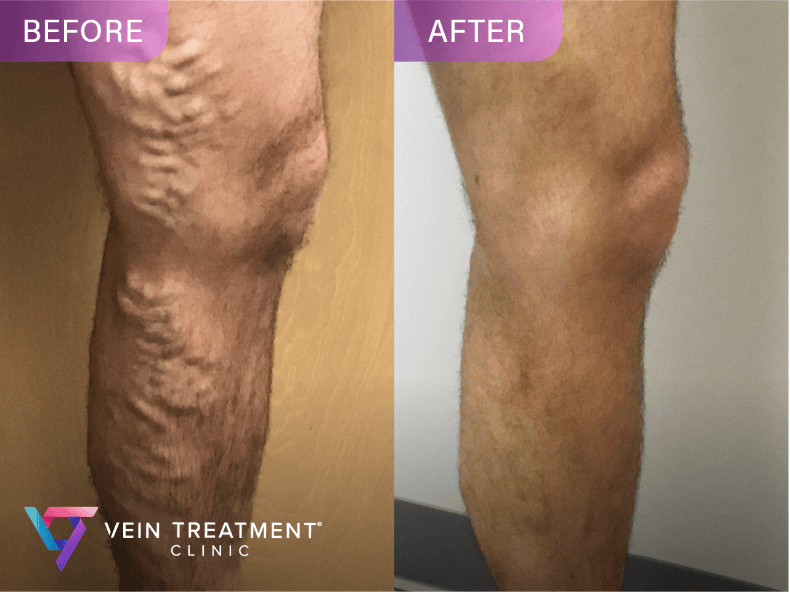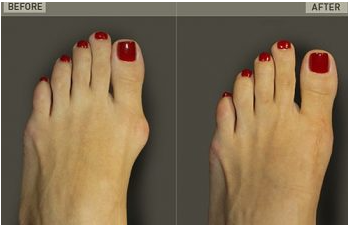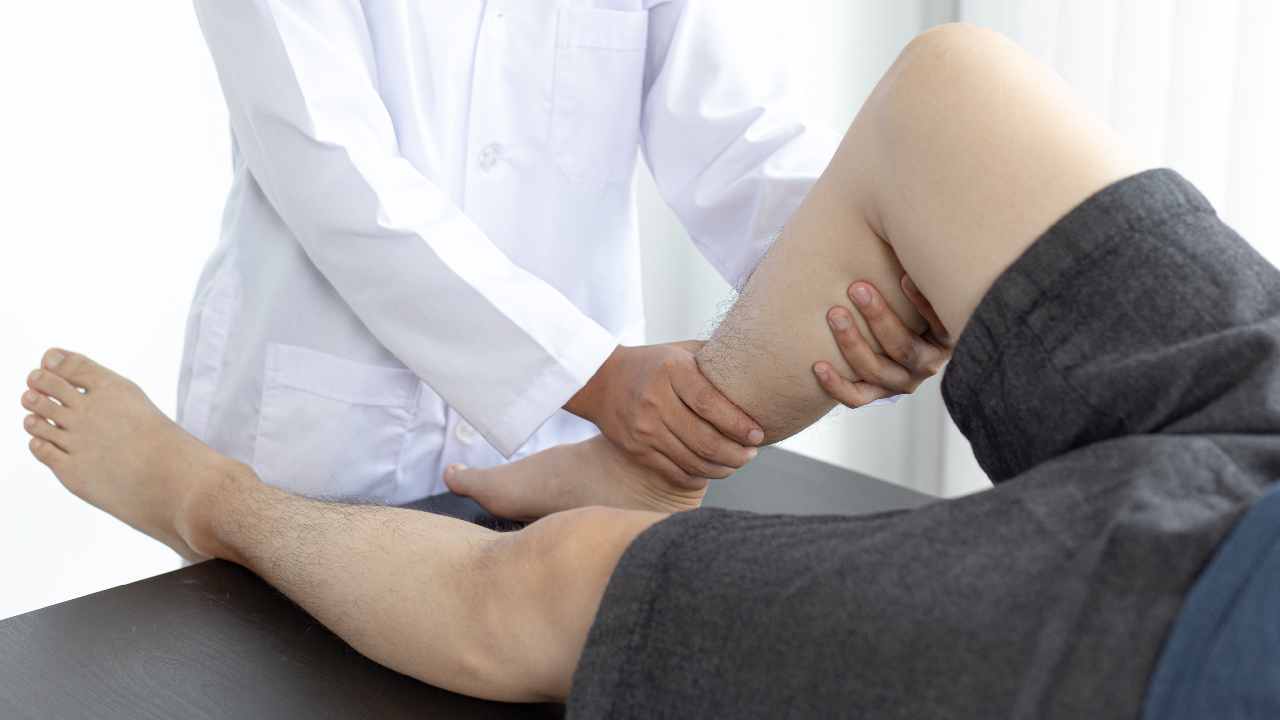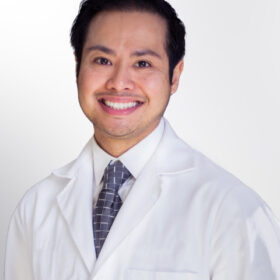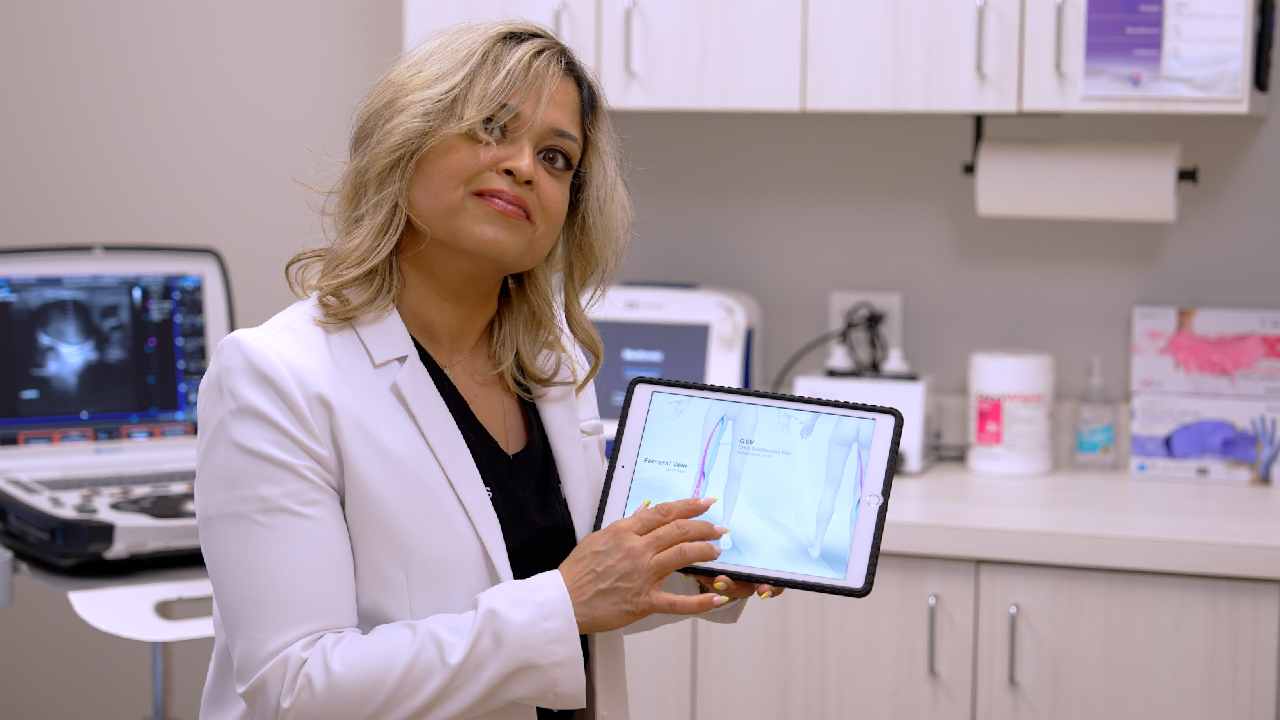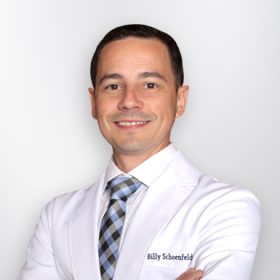
Is There a Cure for Spider Veins? Vein Specialists Q&A
Spider veins appear just beneath the skin’s surface as webs or clusters of red, blue, and purple. Many patients believe them to be harmless, albeit unattractive. However, in some cases, spider veins are more than a cosmetic issue. They signal an underlying vein disease like Chronic Venous Insufficiency. Fortunately, there is a cure for spider veins. Today’s treatments are fast, effective, and minimally invasive. Your vein doctor in New York, Maryland, California or New Jersey can help you choose the best vein treatment method for you.
What Causes Spider Veins?
Though it is sometimes possible to glimpse healthy veins under the skin’s surface, particularly in those with a light complexion, healthy blood vessels are generally not visible. When they protrude against the skin with a thick, twisted, rope-like appearance, they are called varicose veins. When you can see a web or cluster of thin red, blue, or purple veins just beneath the skin’s surface, they are called spider veins. In both cases, the veins are not functioning as well as they should be.
After your arteries distribute oxygenated blood throughout your body, your veins carry the deoxygenated blood back to your heart. Moving blood from your lower half to the heart can be challenging because the vessels must work against gravity. A series of tiny one-way valves inside the veins helps ensure that blood travels in the right direction. Blood can leak backward if the valves are damaged through injury or disease.
Veins with damaged valves cannot function effectively, so blood pools in the lower part of your body – particularly the legs and ankles. The pooling blood puts pressure on other valves and the vessel walls. As pressure increases, the vein wall is weakened, and the vein swells. This creates the spider veins and varicose veins that you see.
One of the most common causes of varicose and spider veins is Chronic Venous Insufficiency (CVI). Unfortunately, physicians who do not specialize in venous disorders frequently fail to diagnose this disease correctly. As a result, they tend to treat the symptoms – spider veins and varicose veins – without addressing the underlying issue.
If you are experiencing any symptoms of vein disease, such as varicose and spider veins, it is important to visit your vein treatment clinic to ensure an accurate diagnosis and an effective treatment plan.
Are you interested in getting more information about your condition or getting a treatment?
Fill the form below to start!
What are the Symptoms of Vein Disease?
Though varicose and spider veins are the most obvious symptoms of vein disease, you may also be experiencing other signs. Many patients notice swelling in their legs and ankles, and their legs may feel sore, achy, and heavy. You may notice that your skin is itchy or tight, particularly near the swollen veins.
Leg cramps are common, especially at night, and can disrupt sleep. You may also develop Restless Leg Syndrome, which is marked by the feeling that your legs need to move or stretch even when relaxed.
If the disease progresses untreated, symptoms can become more serious. For example, the skin around the ankles may become discolored and extremely fragile. Relatively minor cuts and scrapes can turn into wounds that are slowly healing. This allows bacteria to enter, and skin infections like cellulitis may follow.
Who is at Risk for Vein Disease and Can It Be Prevented?
More than half of all Americans will experience varicose and spider veins at some point, though not all of these cases are caused by CVI. Two of the biggest risk factors for various venous disorders are a family history of varicose and spider veins and a sedentary lifestyle.
While nothing can be done about a genetic predisposition to vein problems, you can reduce your risk by avoiding smoking, maintaining a healthy weight, and exercising regularly. Even simple activities like walking increase circulation, which helps keep your blood vessels working effectively.
If you need to spend long periods of time sitting or standing, be sure to take regular breaks and move around. Too much inactivity gives blood a chance to pool in the lower part of your body. Finally, if you know you are at high risk – for example, during pregnancy – consider wearing compression stockings to promote circulation in your legs and ankles.
What Is the Cure for Spider Veins?
Chances are, if you have spider veins or varicose veins, you have gotten a lot of advice on home remedies. For example, many people use witch hazel and/or products made with horse chestnut to reduce the pain and inflammation associated with swollen blood vessels. These options can help keep your discomfort to a minimum but are unlikely to solve the problem long-term. A truly effective treatment for spider veins and varicose veins requires intervention from an expert.
Your vein doctor has a variety of methods to treat varicose veins and get rid of spider veins. Most are designed to permanently close unhealthy vessels, allowing blood to reroute through healthier veins automatically. The tissue from the closed veins is reabsorbed by your body, eliminating the appearance of varicose and spider veins.
Typically, treatment is delivered through a very small incision in your skin. Depending on your situation, the unhealthy vein is sealed through medication, heat, laser energy, or vein glue. Your vein doctor uses a local anesthetic, rather than general anesthesia, so there is no need for a hospital visit. These procedures take between 15 and 30 minutes, and you can resume your normal activities immediately.
Physicians in other specialties may offer an alternative cure for spider veins, such as a surface laser treatment. However, there are two reasons that you should consider visiting a vein specialist instead. First, surface laser treatments are often ineffective. Second, a comprehensive exam from an experienced vein doctor ensures that an underlying condition like CVI causing your varicose veins and spider veins will be diagnosed before symptoms become more serious.
How Do I Choose a Vein Specialist?
There are two important factors to look for in a vein specialist. First, review the physician’s qualifications. Any doctor you consider should be Board-Certified, with specific education and experience in venous disorders. Second, choose a vein specialist that makes the relationship between physician and patient a priority. The quality of your care will always be higher when you and your vein doctor have open, two-way communication.
Our Board-Certified physicians at the Vein Treatment Clinic focus on prioritizing patient relationships. You can expect to be treated as a partner, and you can be confident that you will receive an accurate diagnosis and a comprehensive treatment plan carefully tailored to your situation.
FEATURED POSTS BY VEIN DOCTORS









